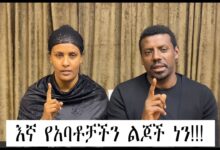There were people who wore clay and lived an unbelievable life
The hero classes (luba) attacked and stirred to show what them can do, and in the sixteenth century they started to embrace significant distance undertakings, profiting themselves of the breakdown of the outskirts guards of both the Christian and Muslim states. By 1600 the Oromo had spread so broadly in Ethiopia that Ruler Sarsa Dengel (ruled 1563-97) restricted his administration to what are presently Eritrea, the northern districts of Tigray and Gonder, and portions of Gojam, Shewa, and Welo, regions that incorporated the majority of the Christian Semitic-talking agriculturalists. In the interim, the congregation had scarcely restored following the obliteration and mass dereliction of the jihad period, when it wound up confronting an alternate sort of danger from Roman Catholicism.
Following close upon the Portuguese musketeers were evangelists who, sent by the Jesuit pioneer St. Ignatius of Loyola, tried to change Ethiopia over completely to the Western church. The best of these was the Jesuit Pedro Páez; his own position and prominent characteristics were to such an extent that Head Susenyos (ruled 1607-32) was convinced to acknowledge the convention of the double idea of Christ and to tell the pope of his accommodation. This heresy was joined by a larger number of people in the illustrious court yet met with rough opposition from the common aristocrats, the congregation, and individuals at large. Susenyos had to abandon for his child Fasilides (ruled 1632-67).











